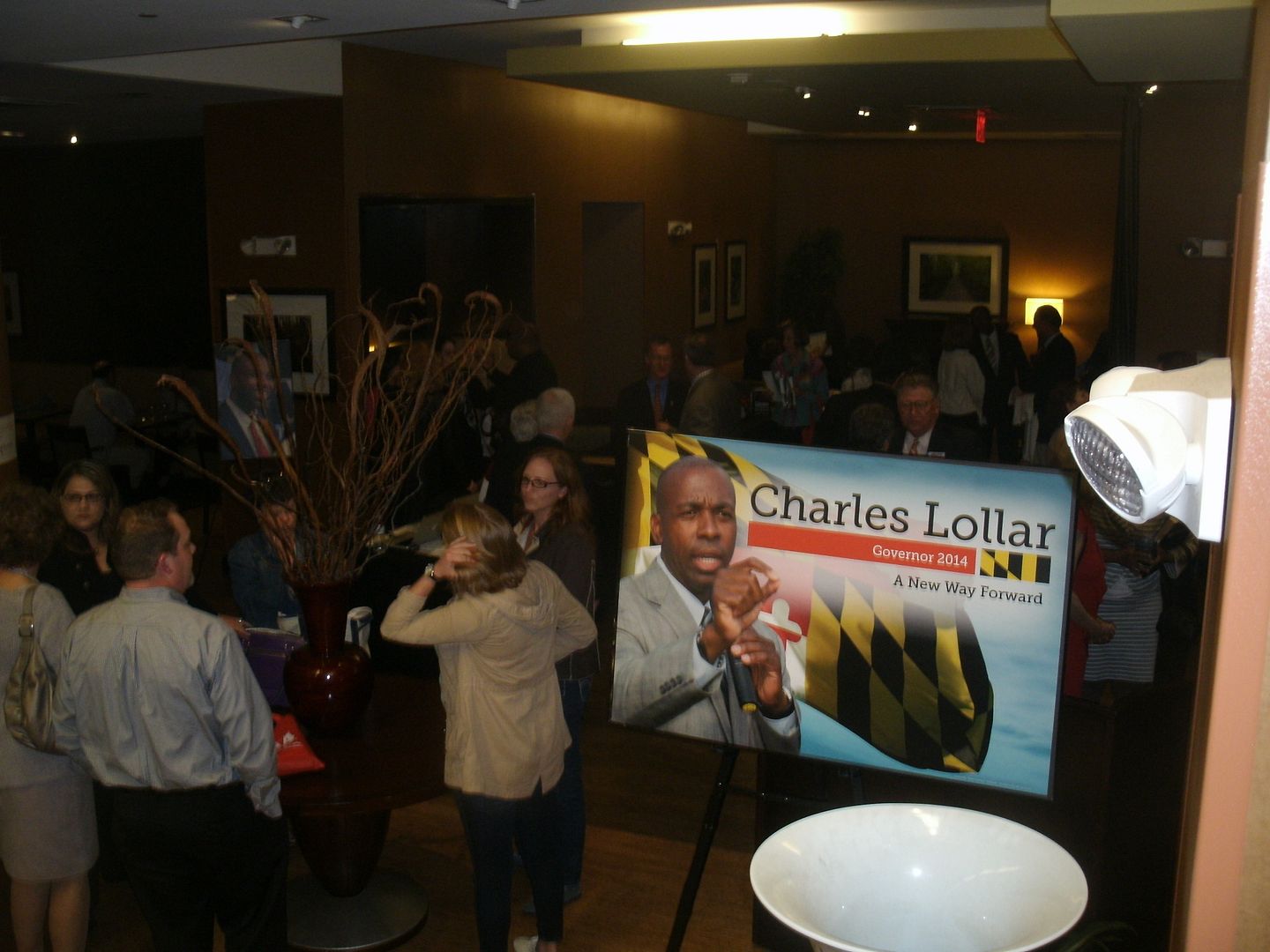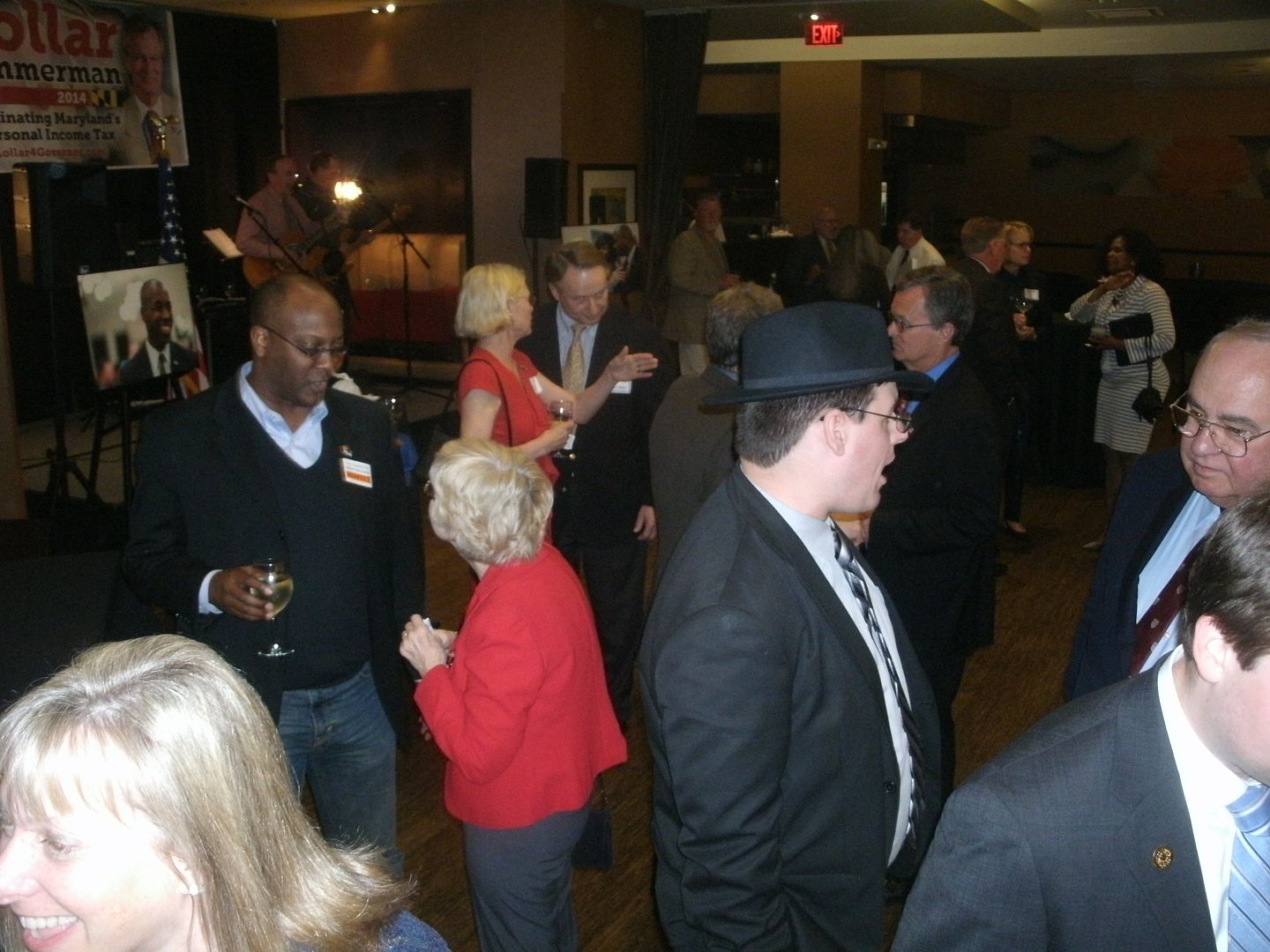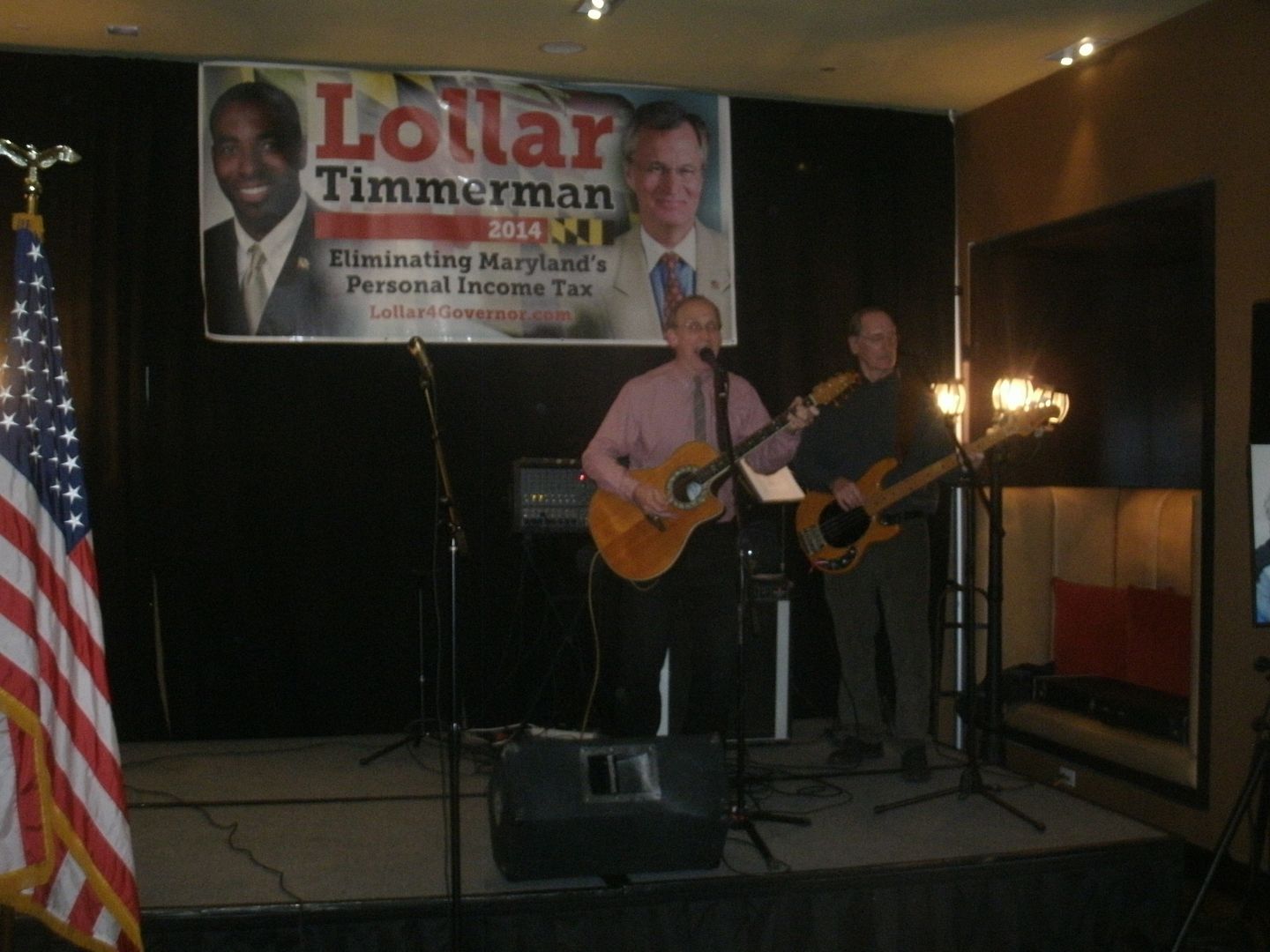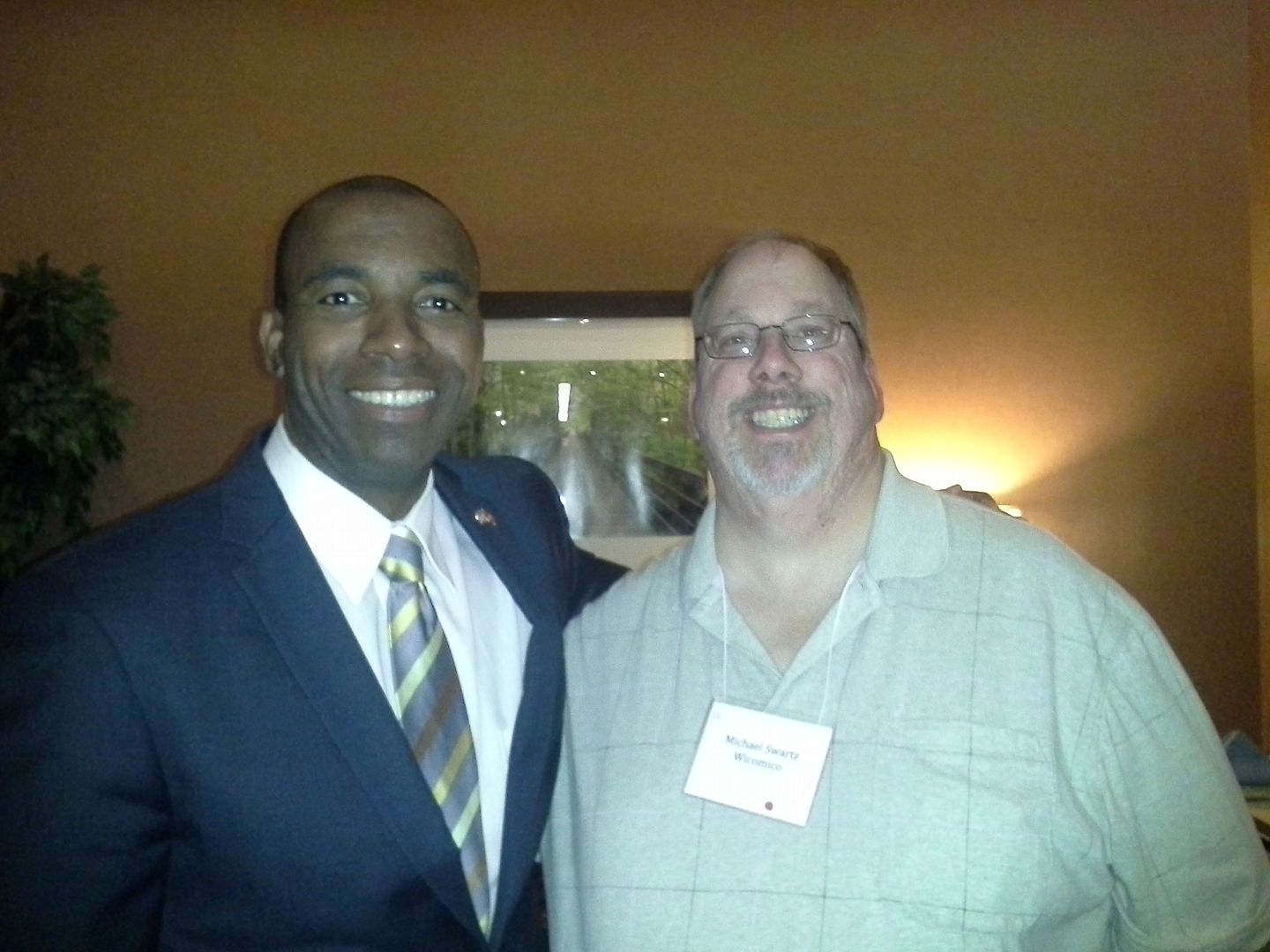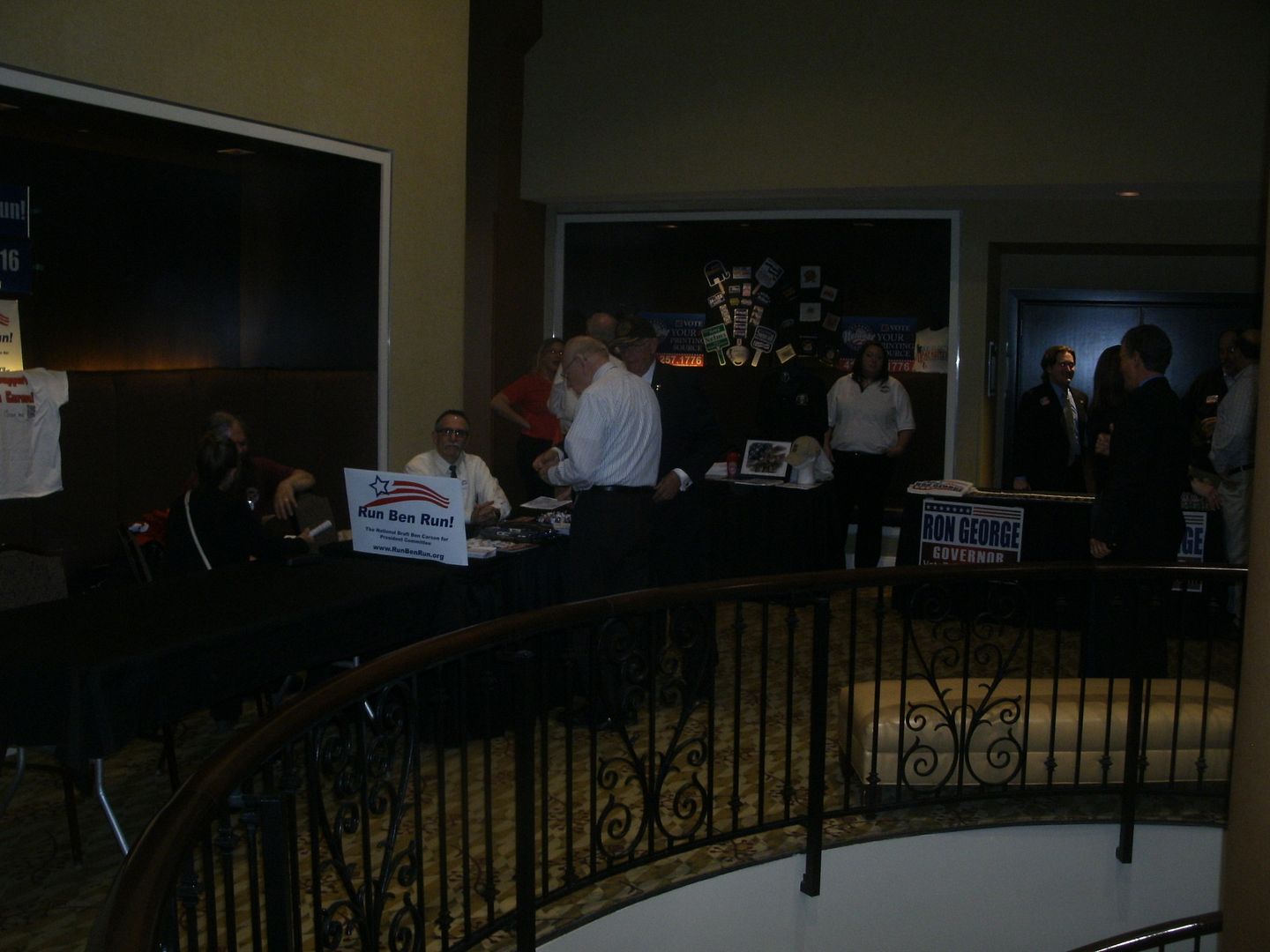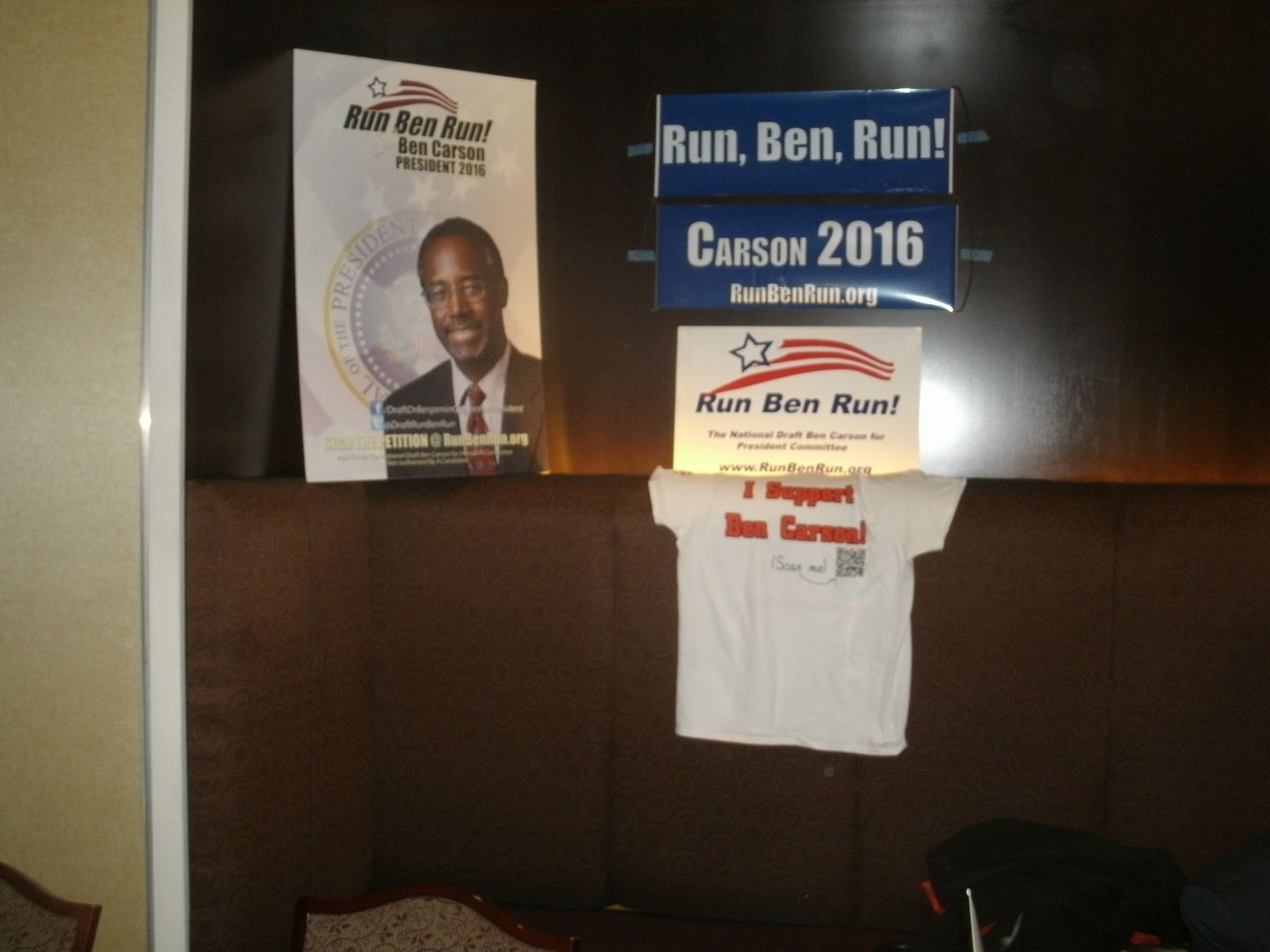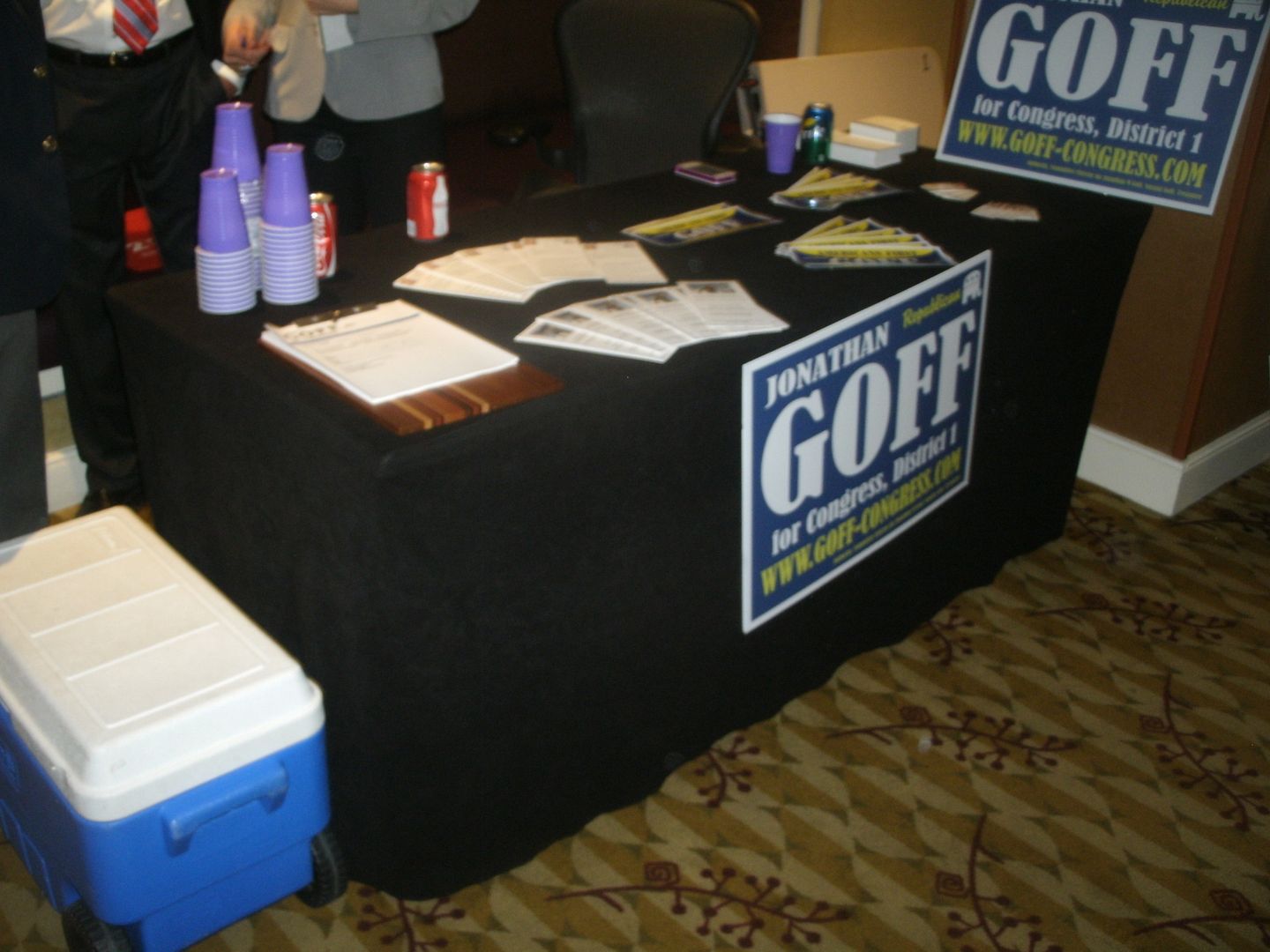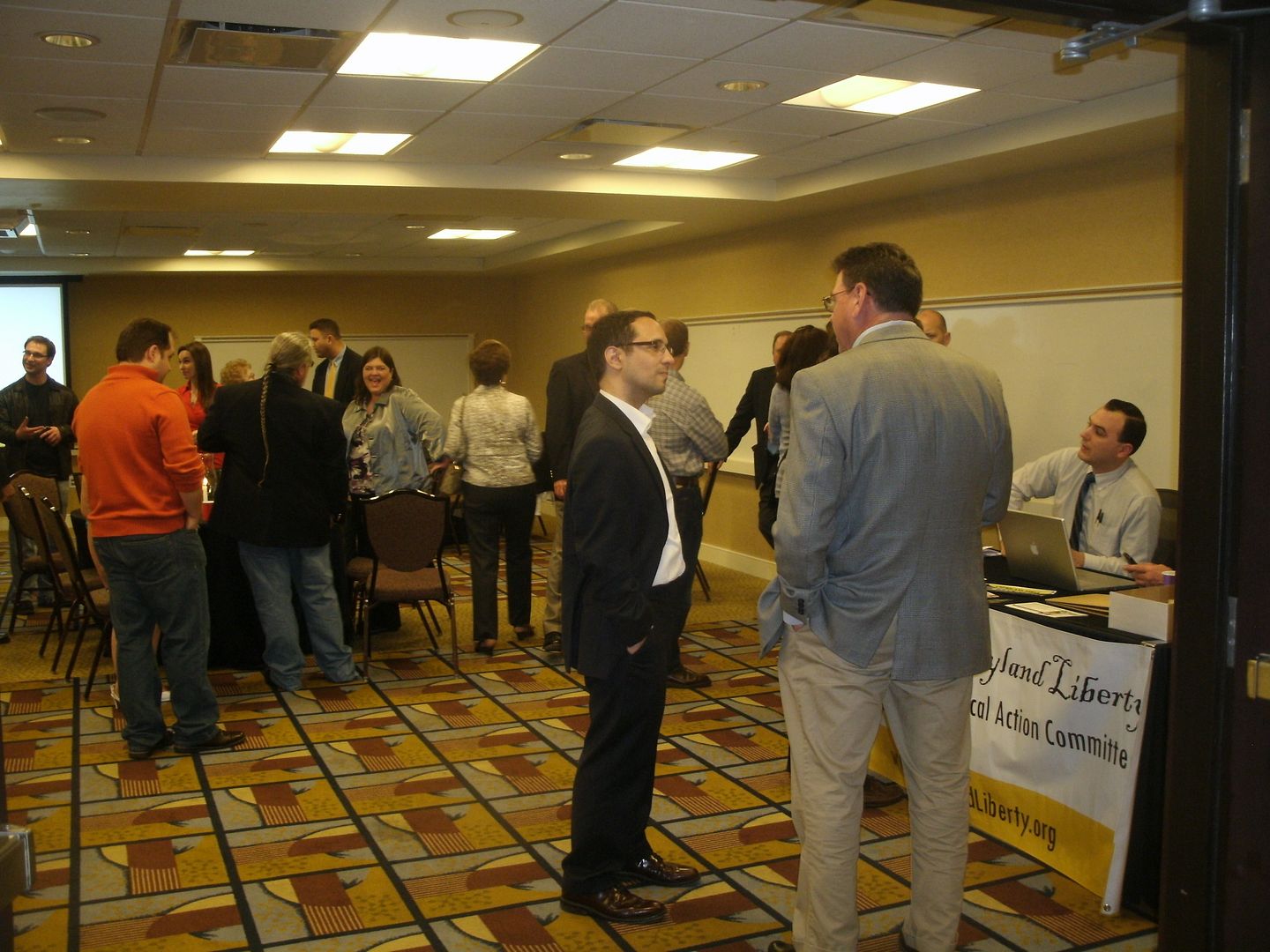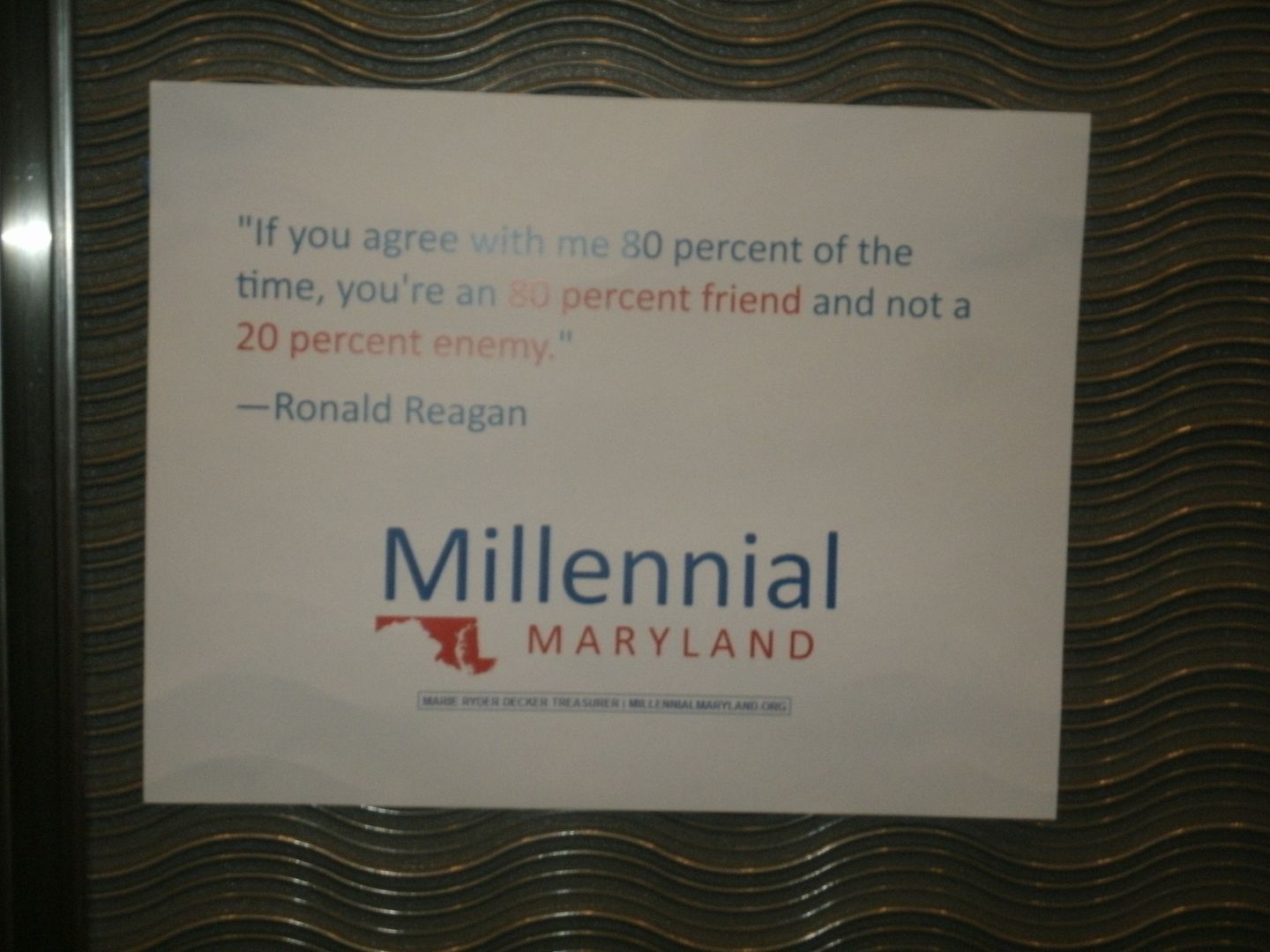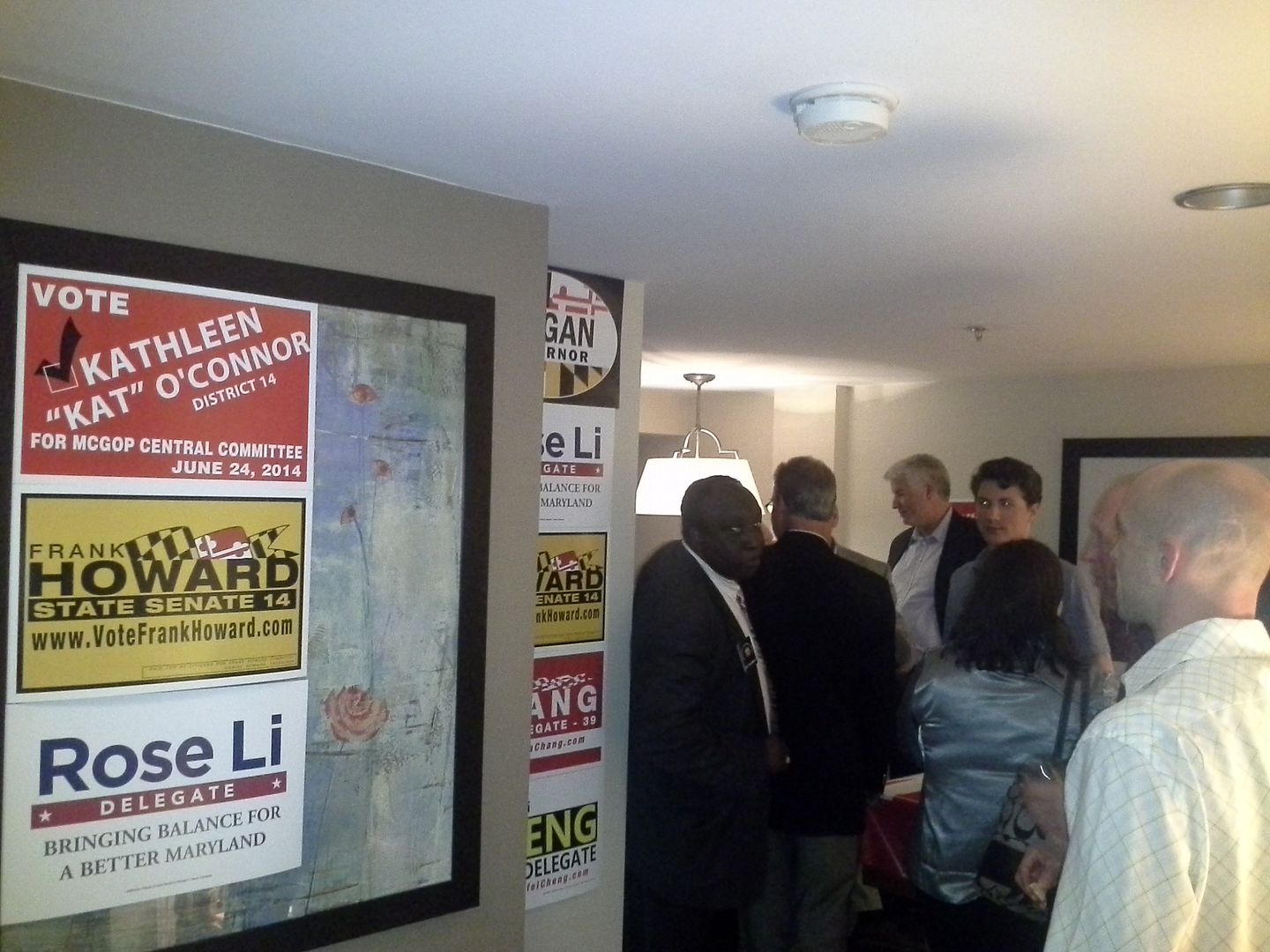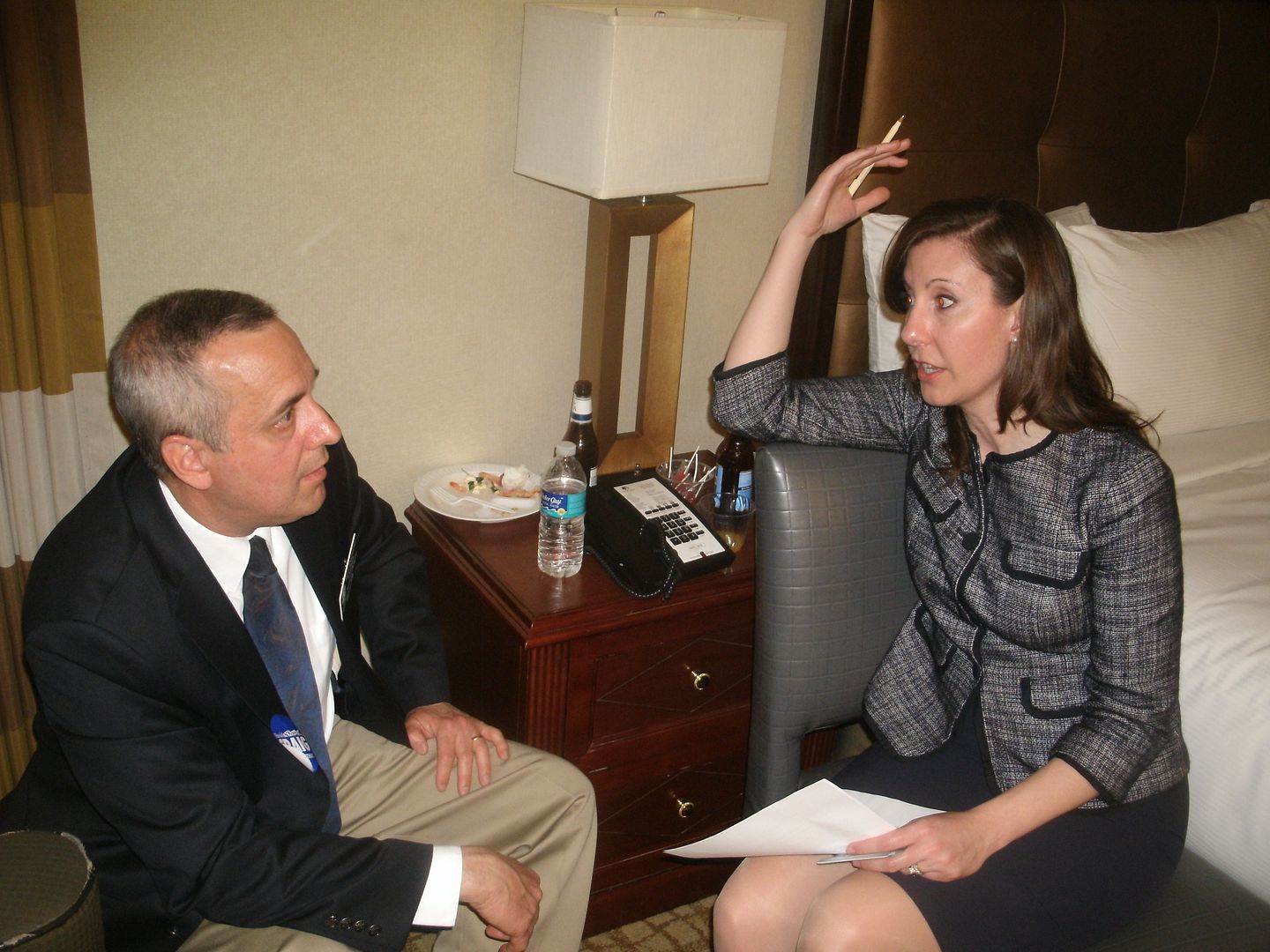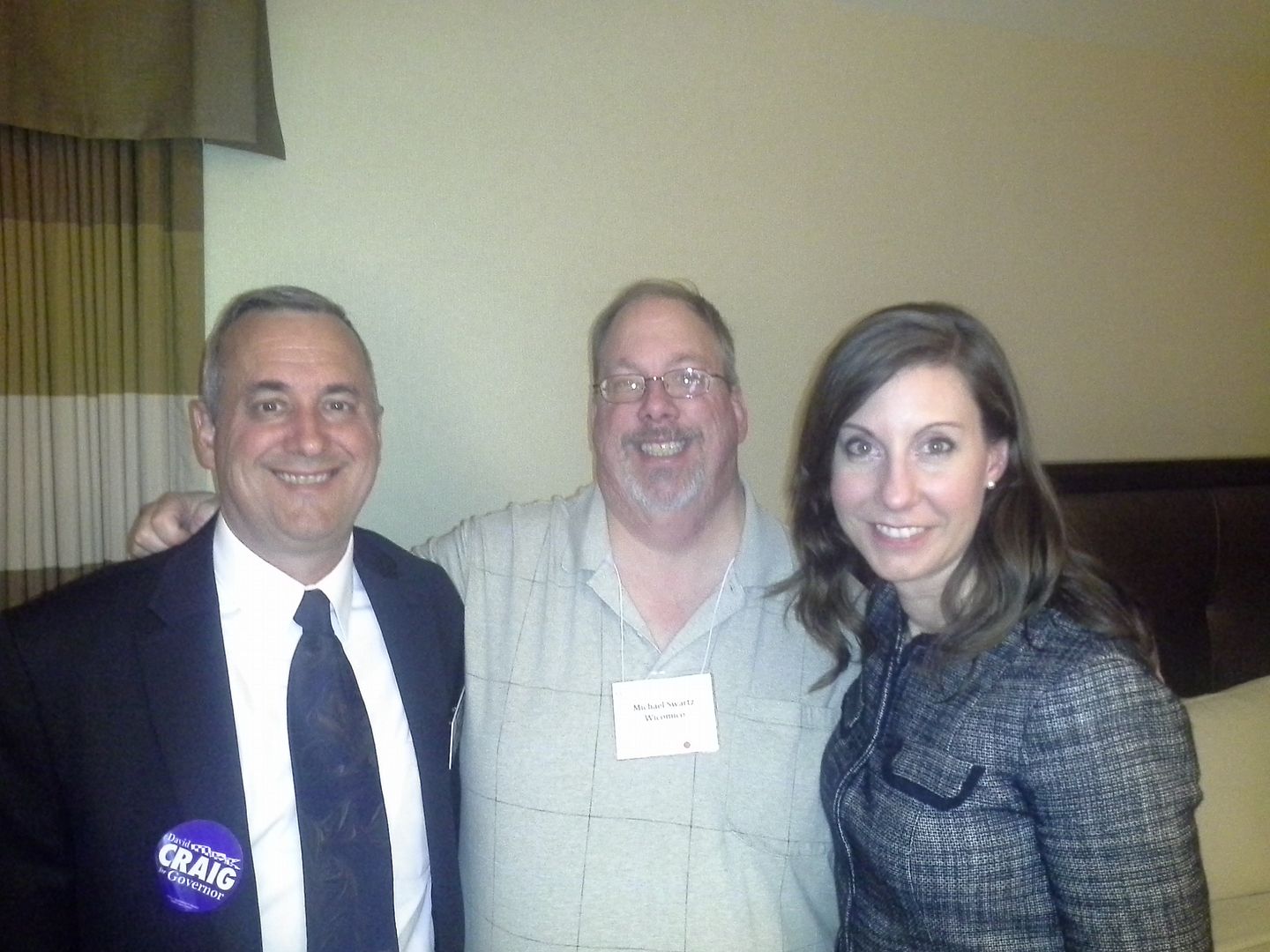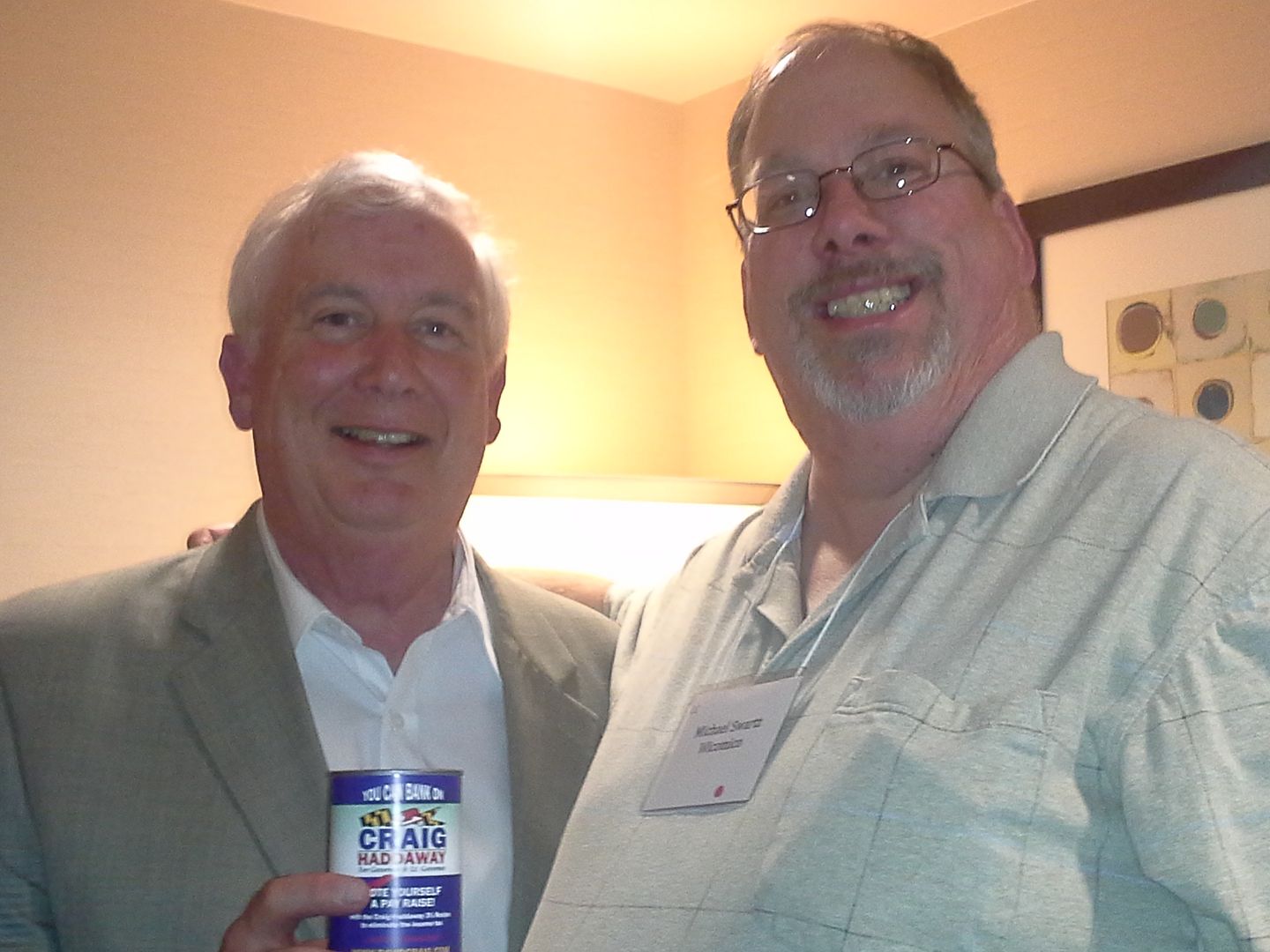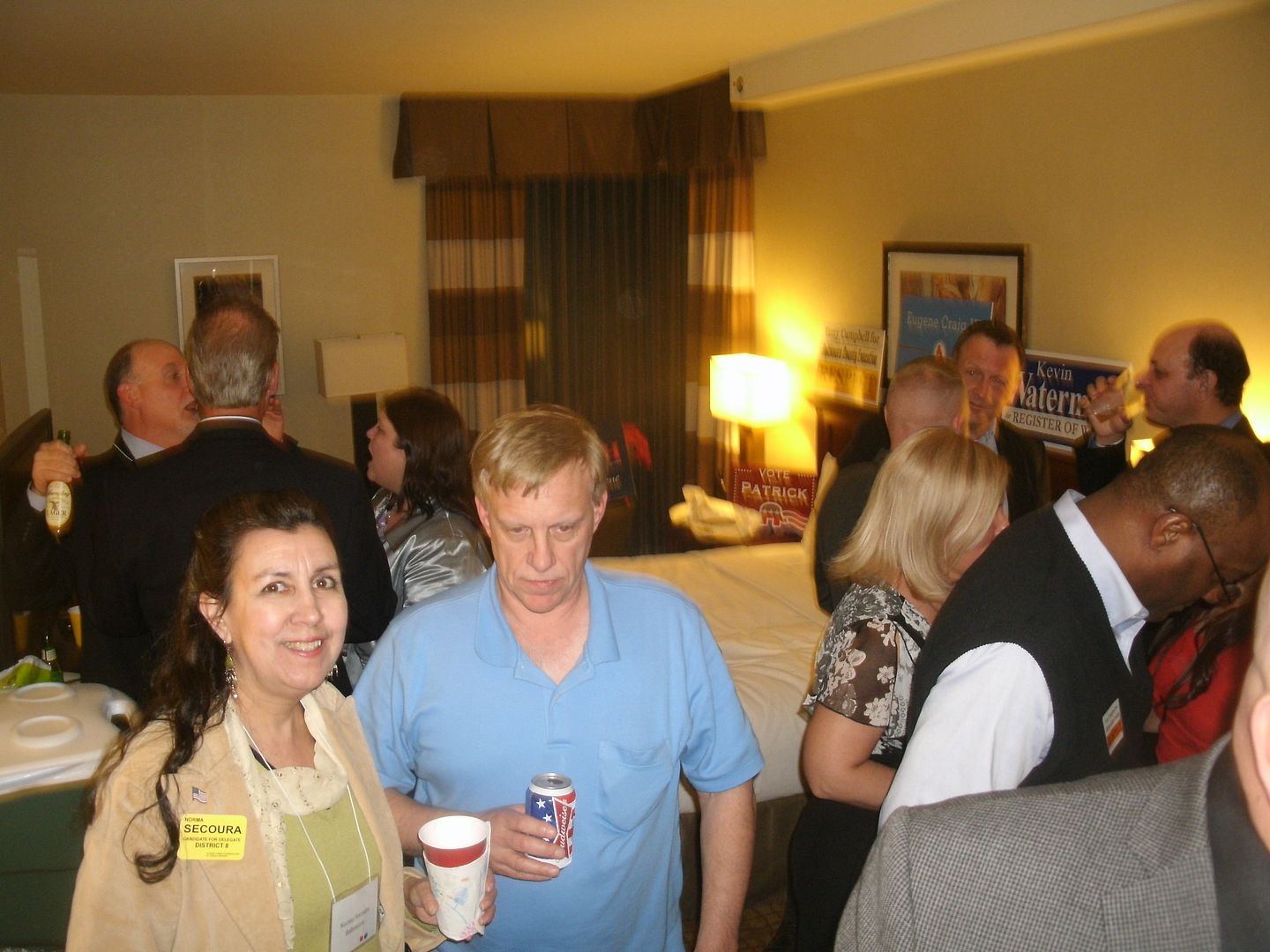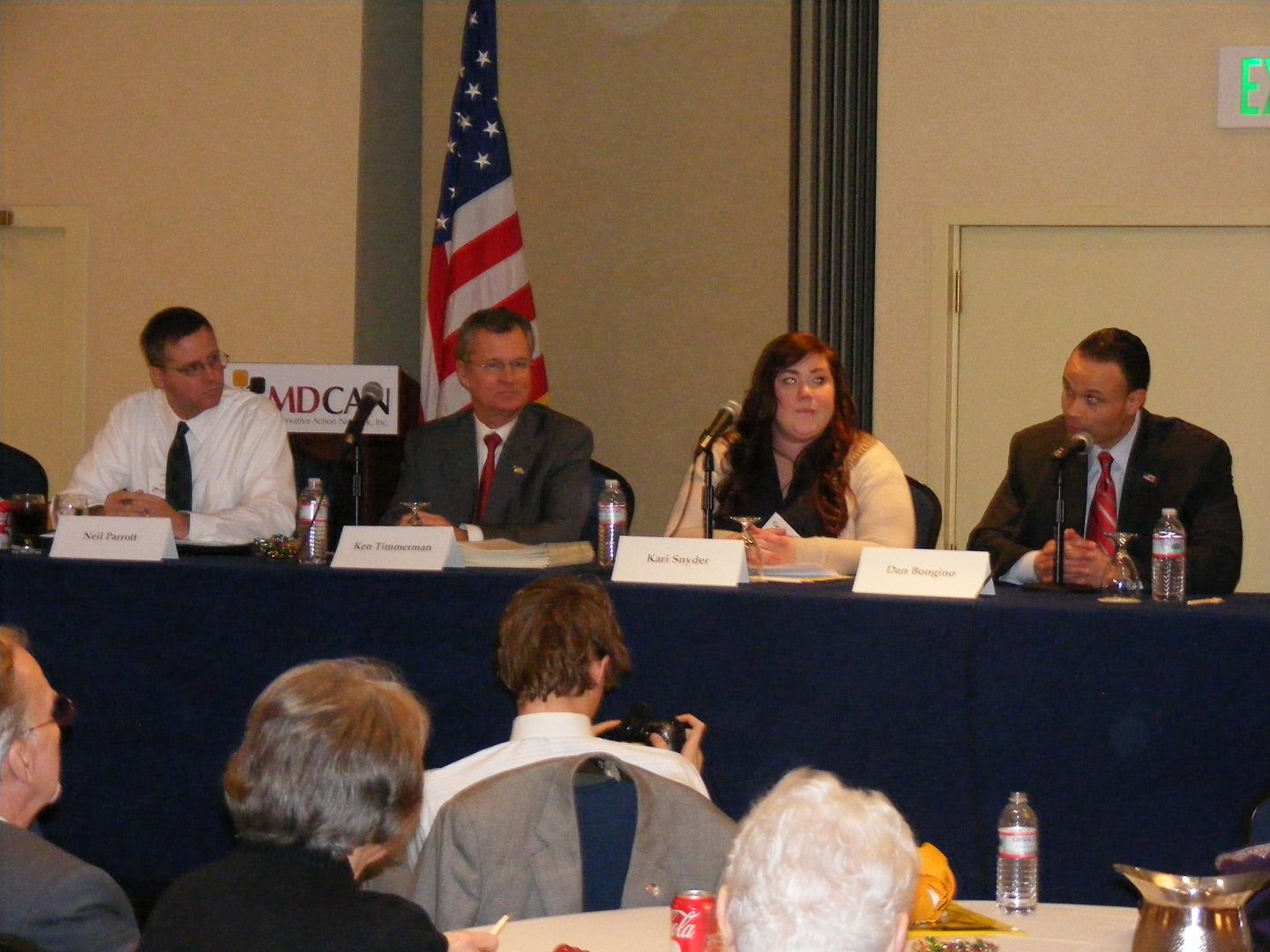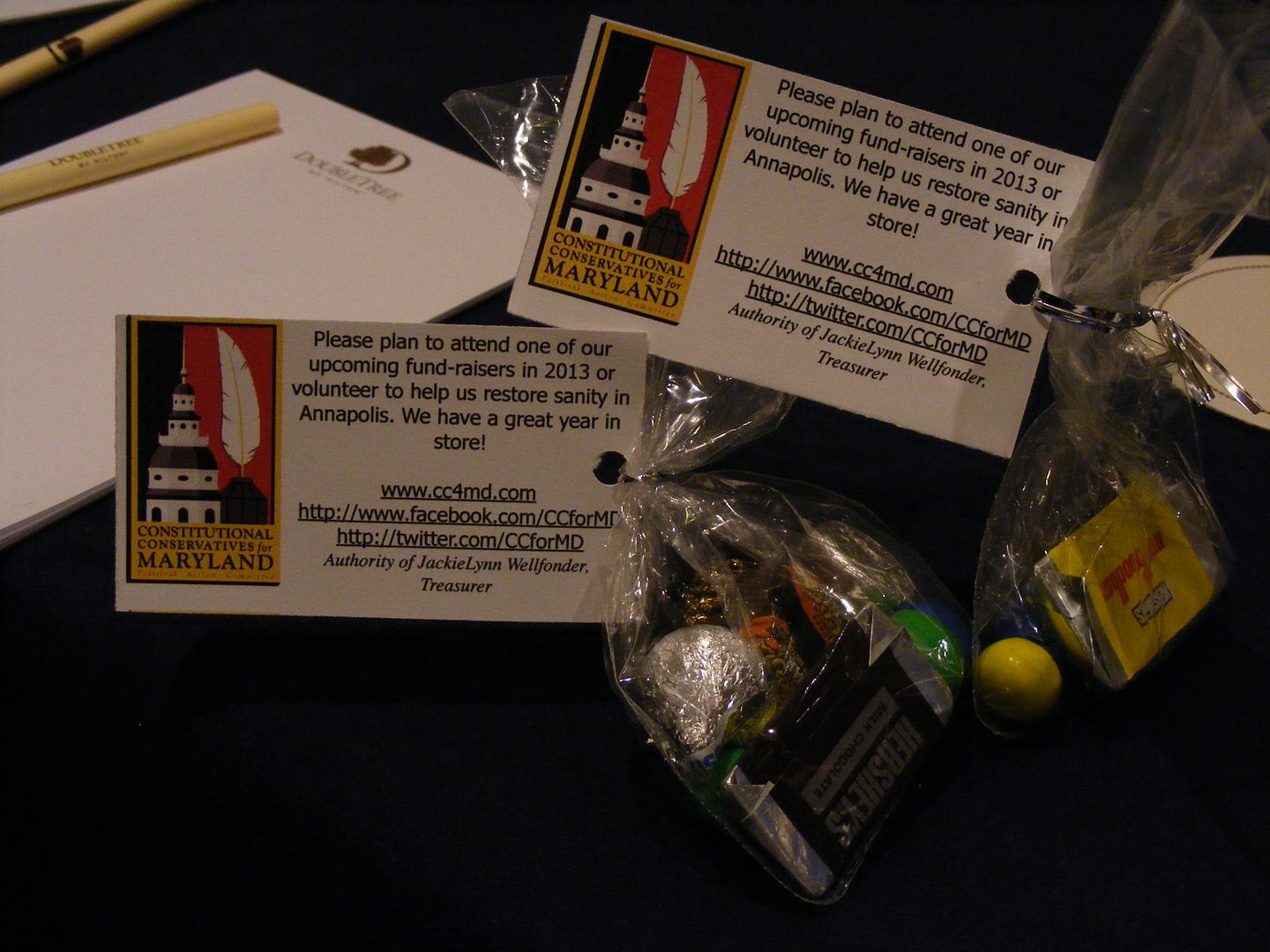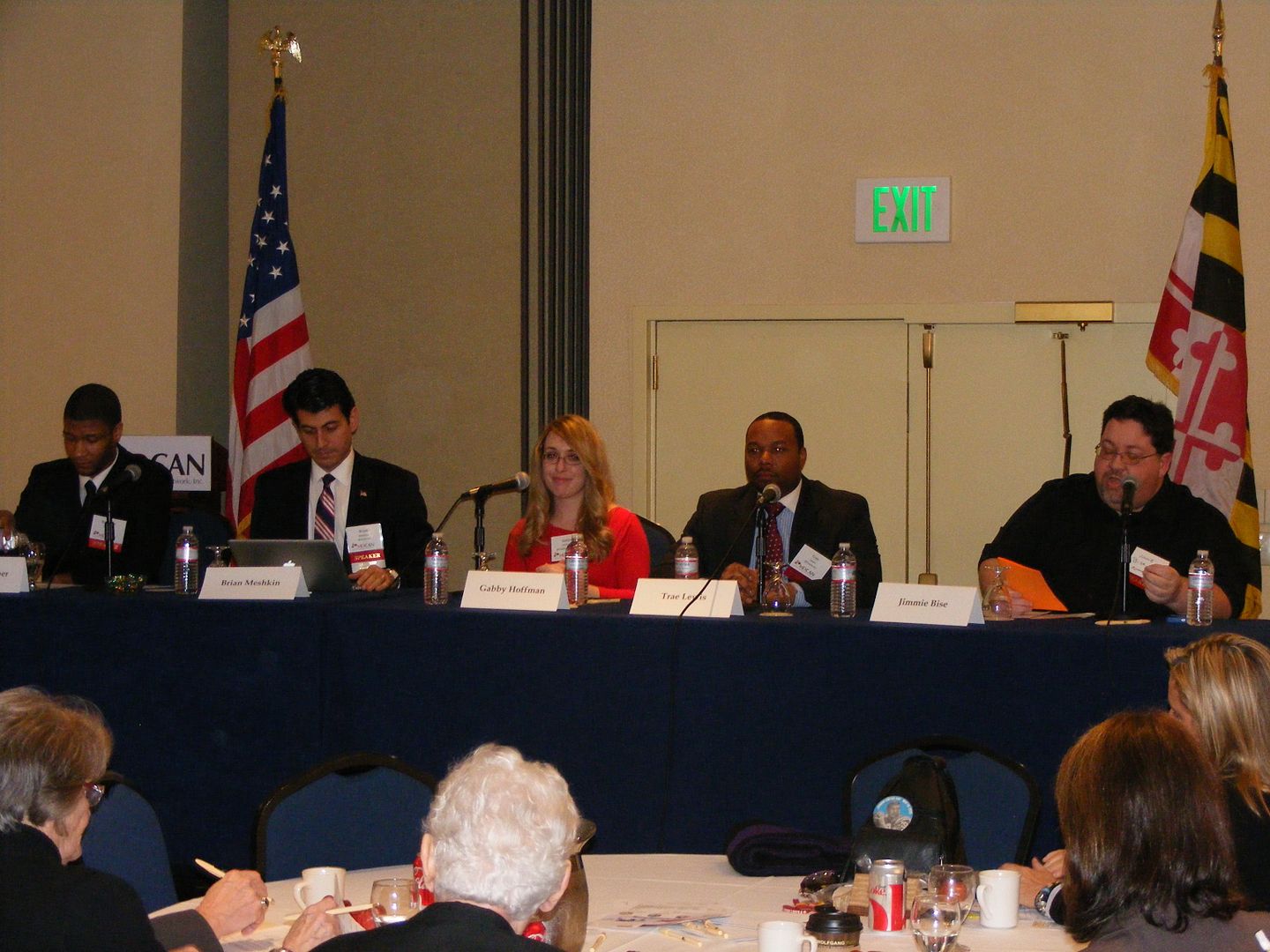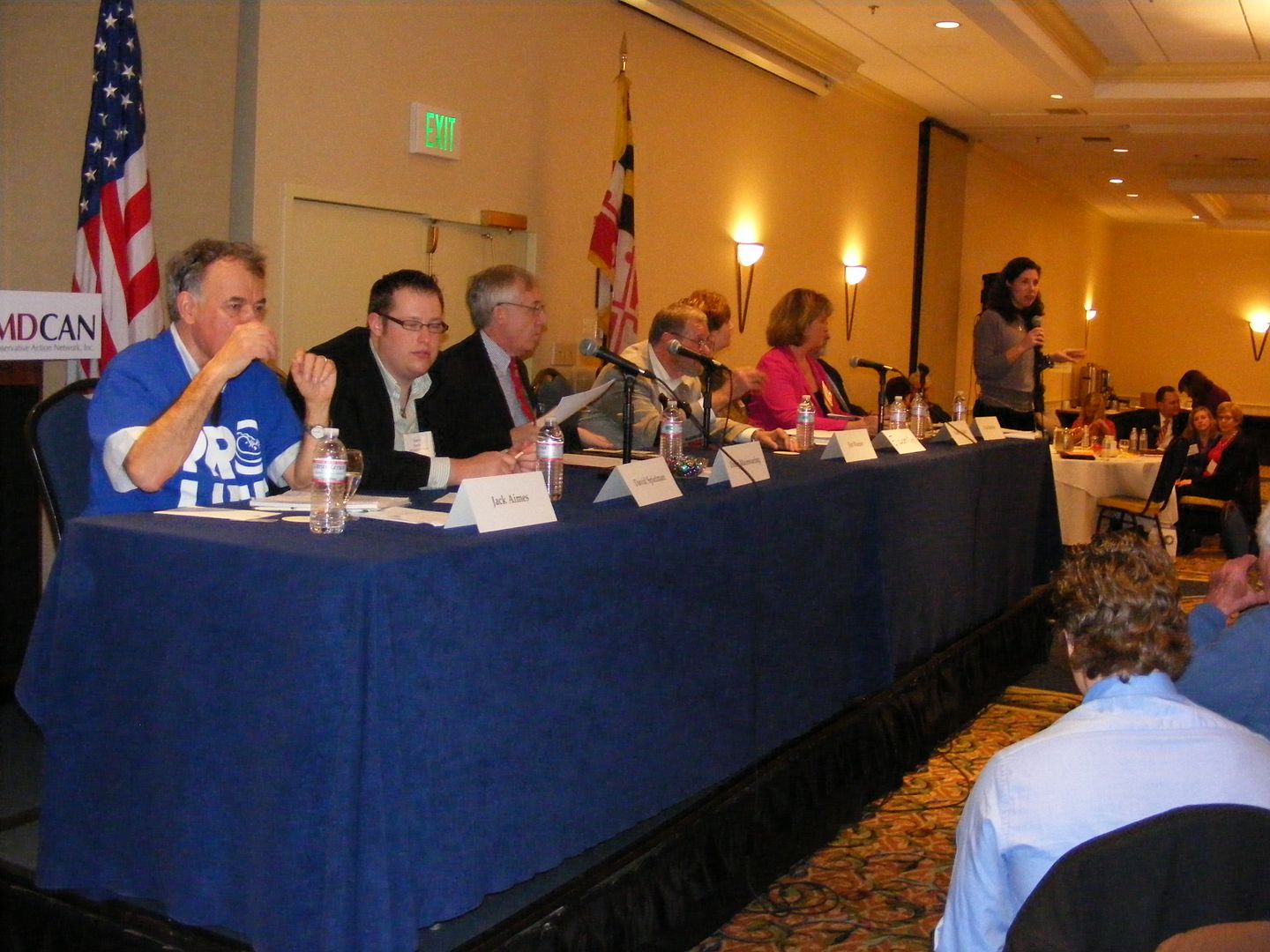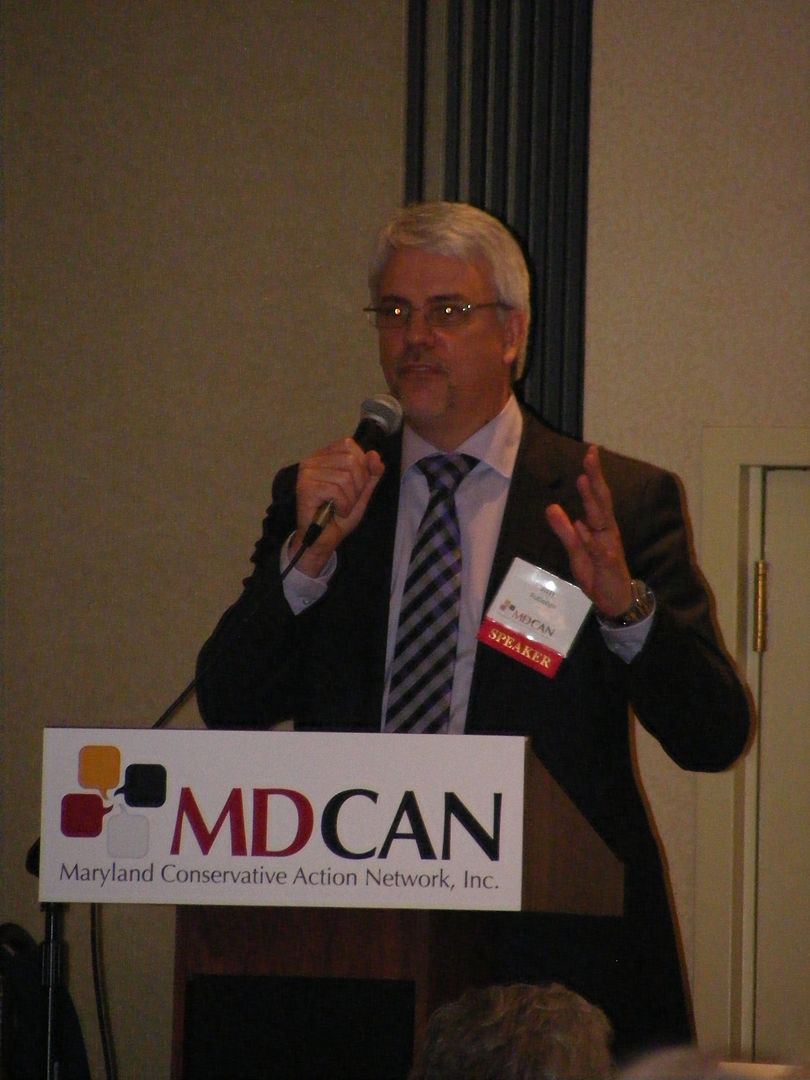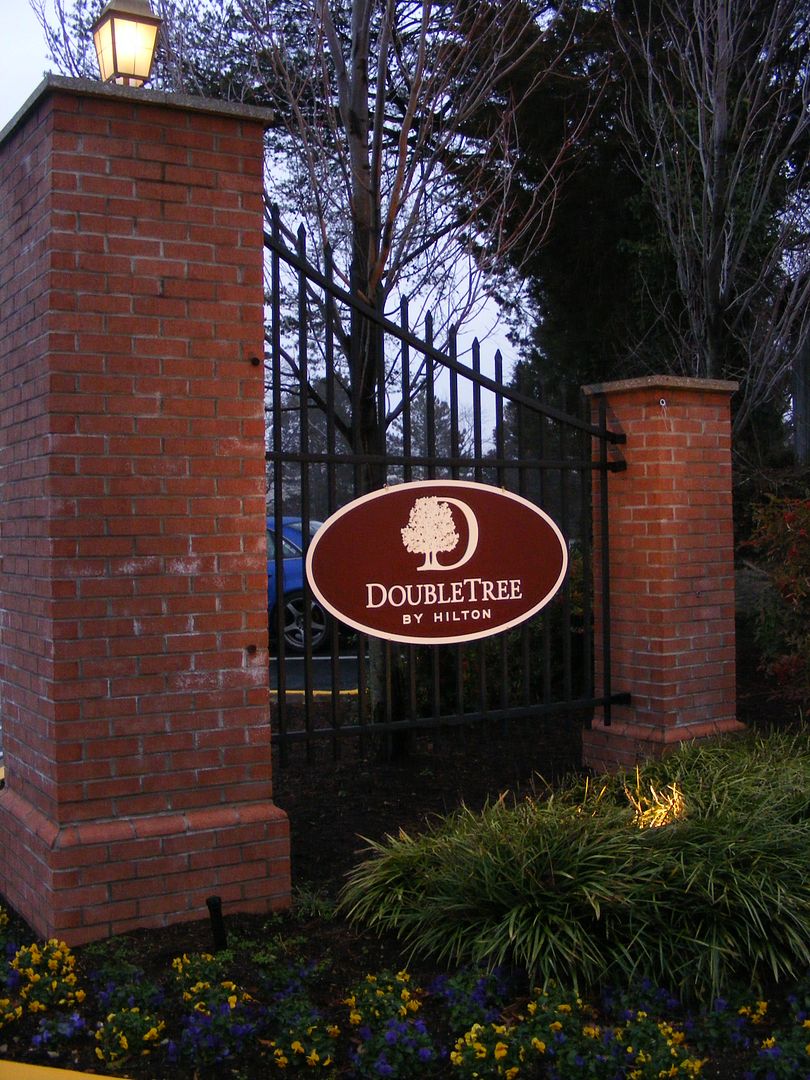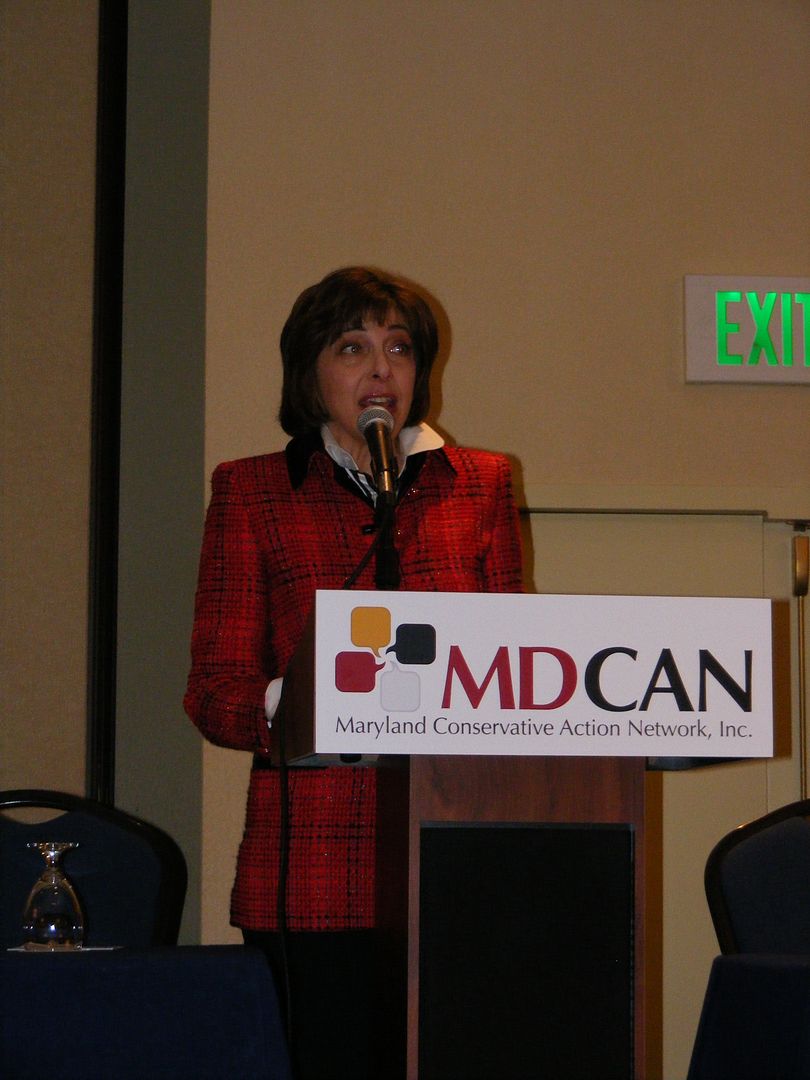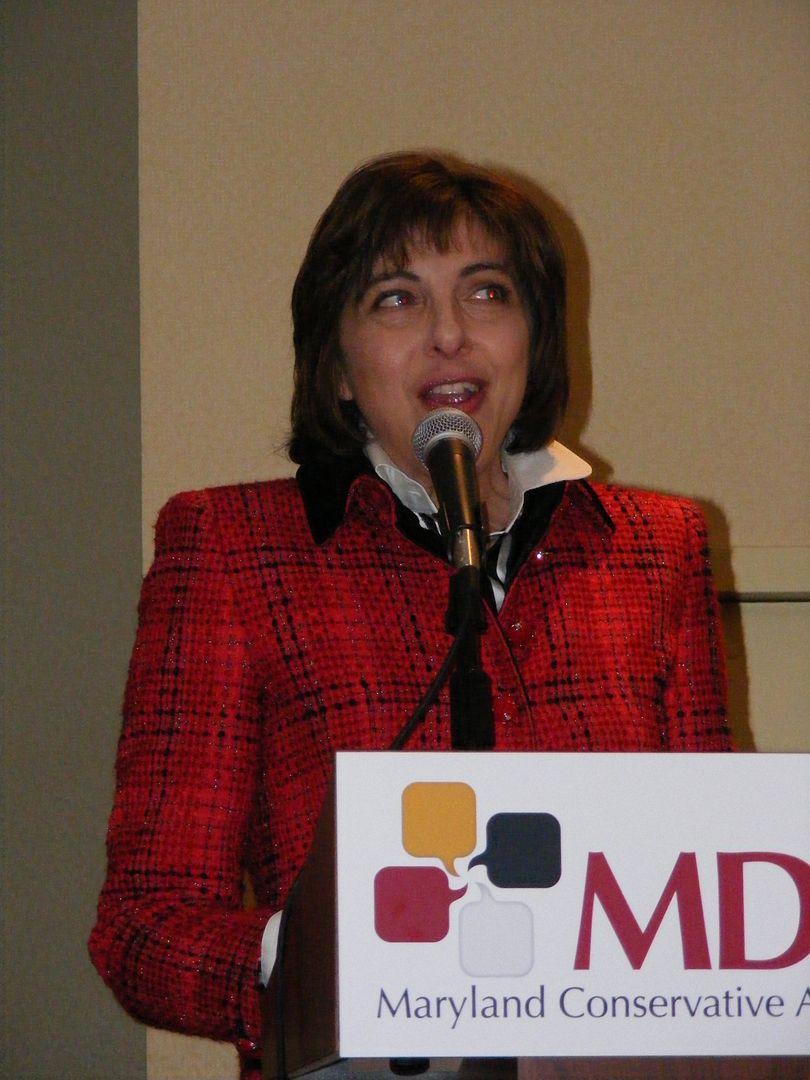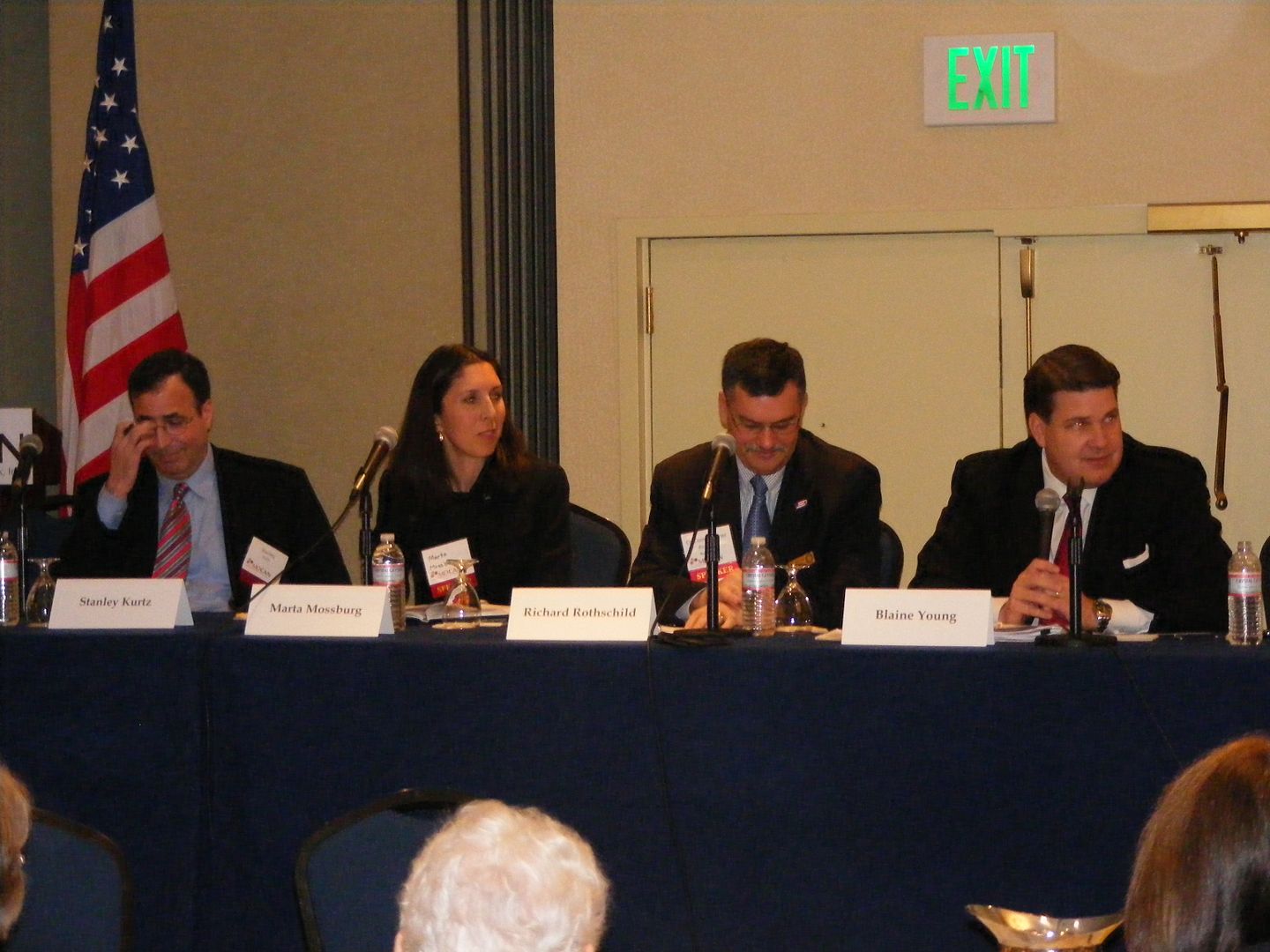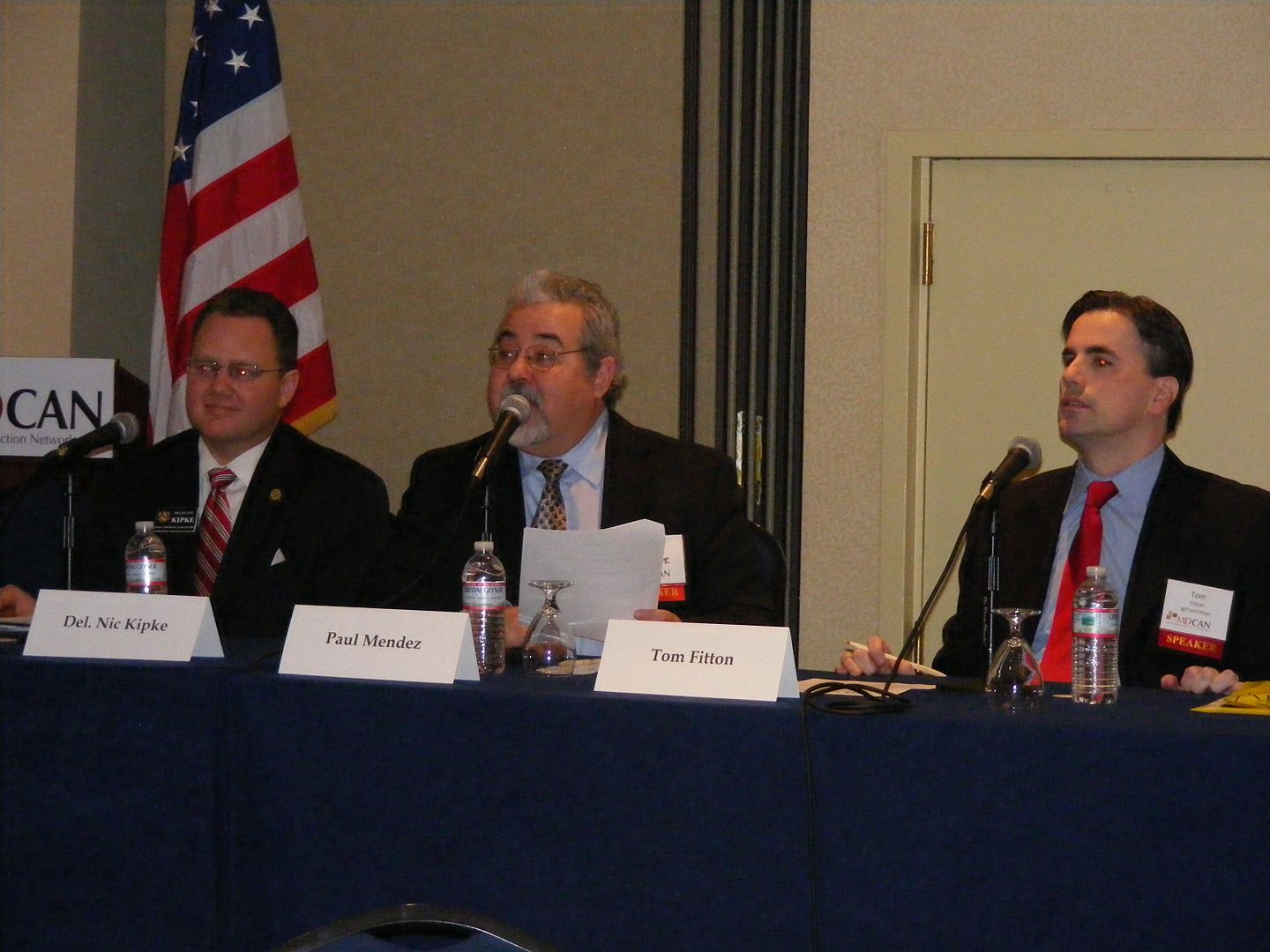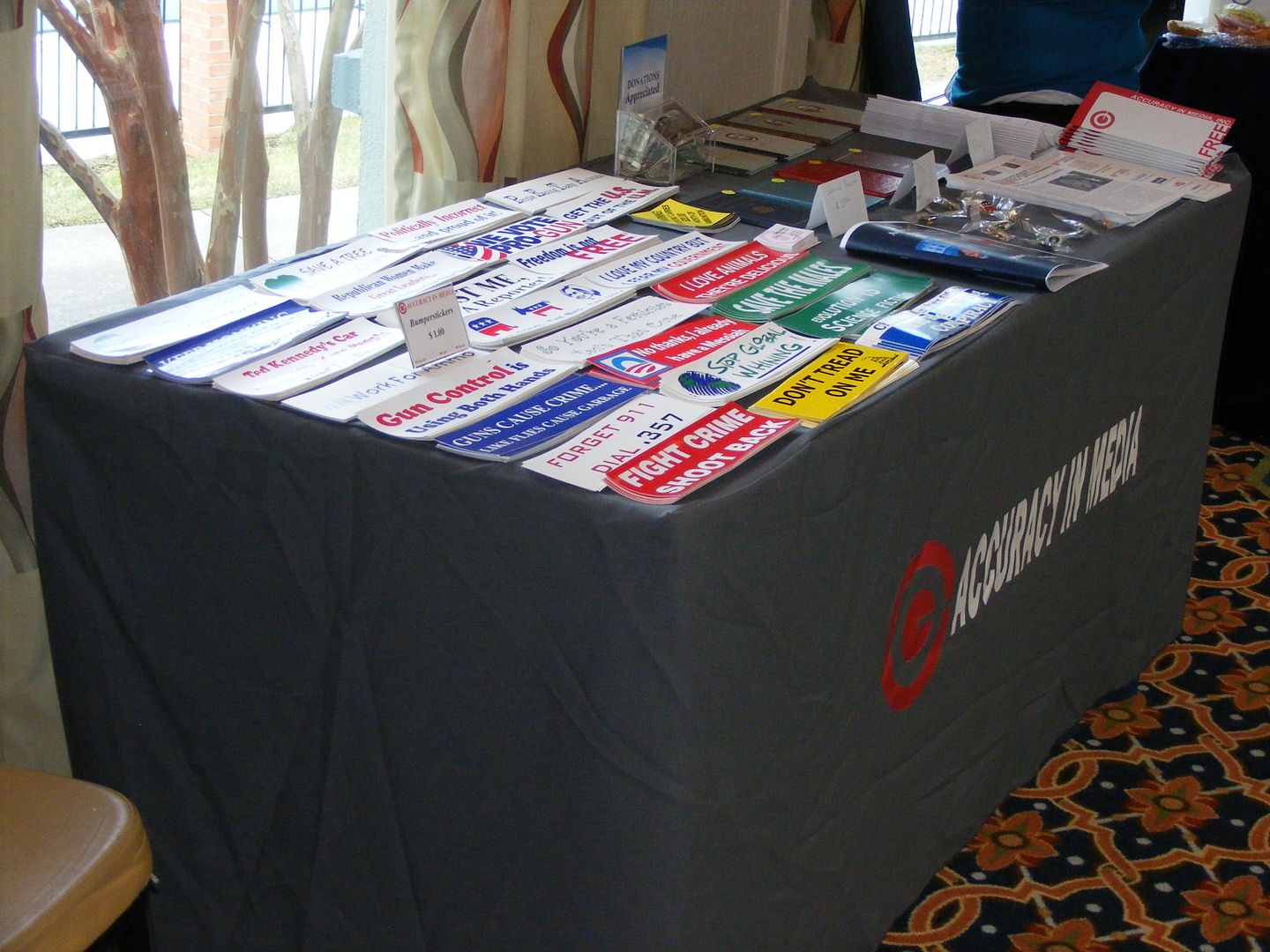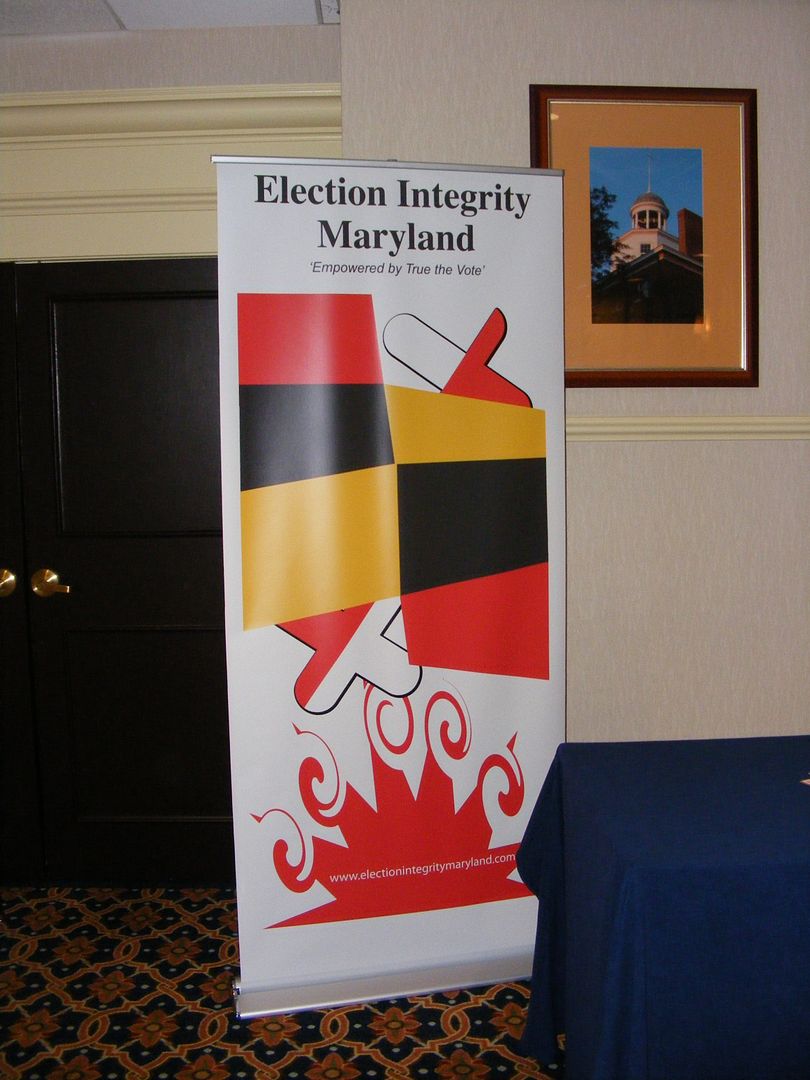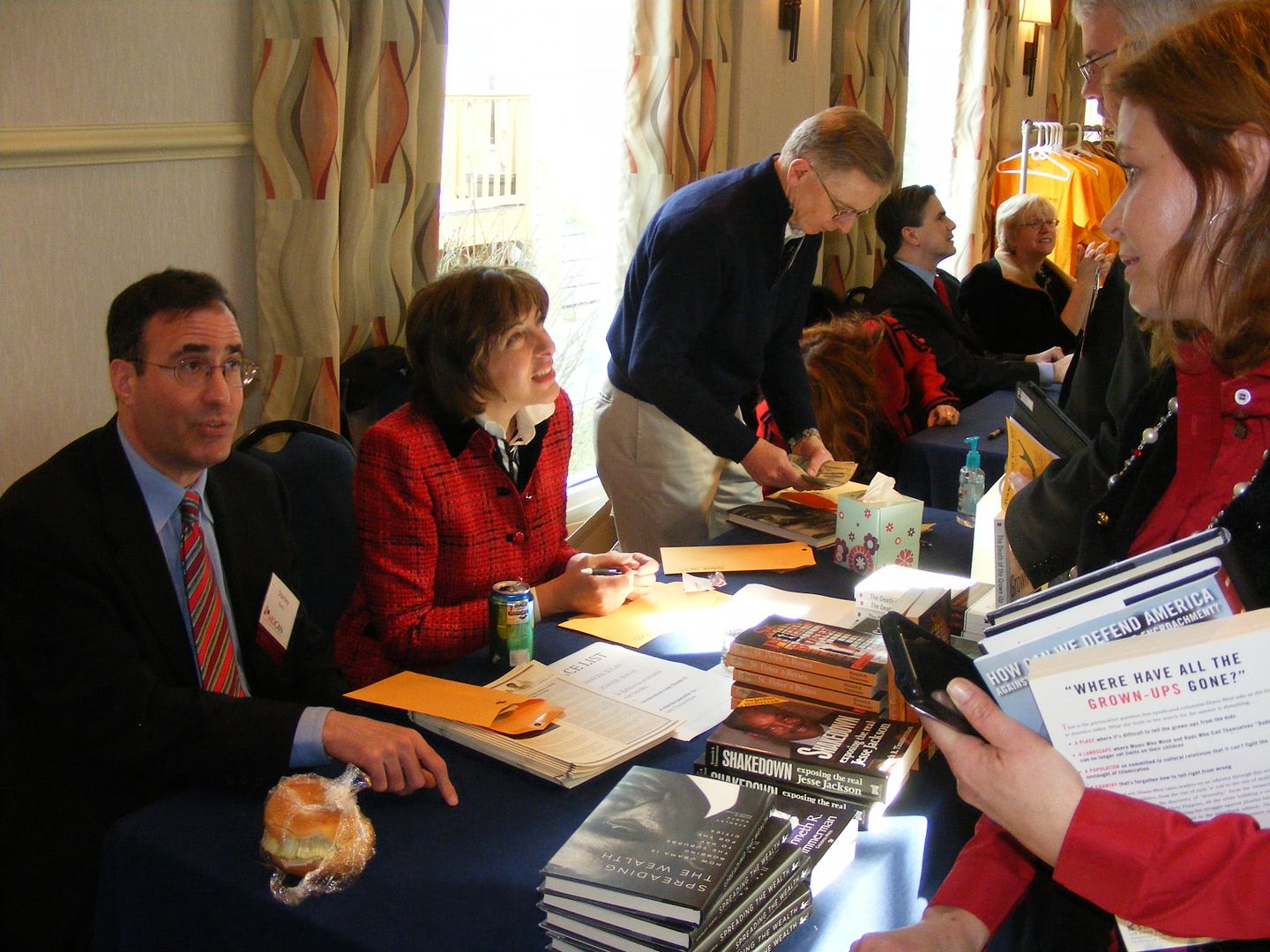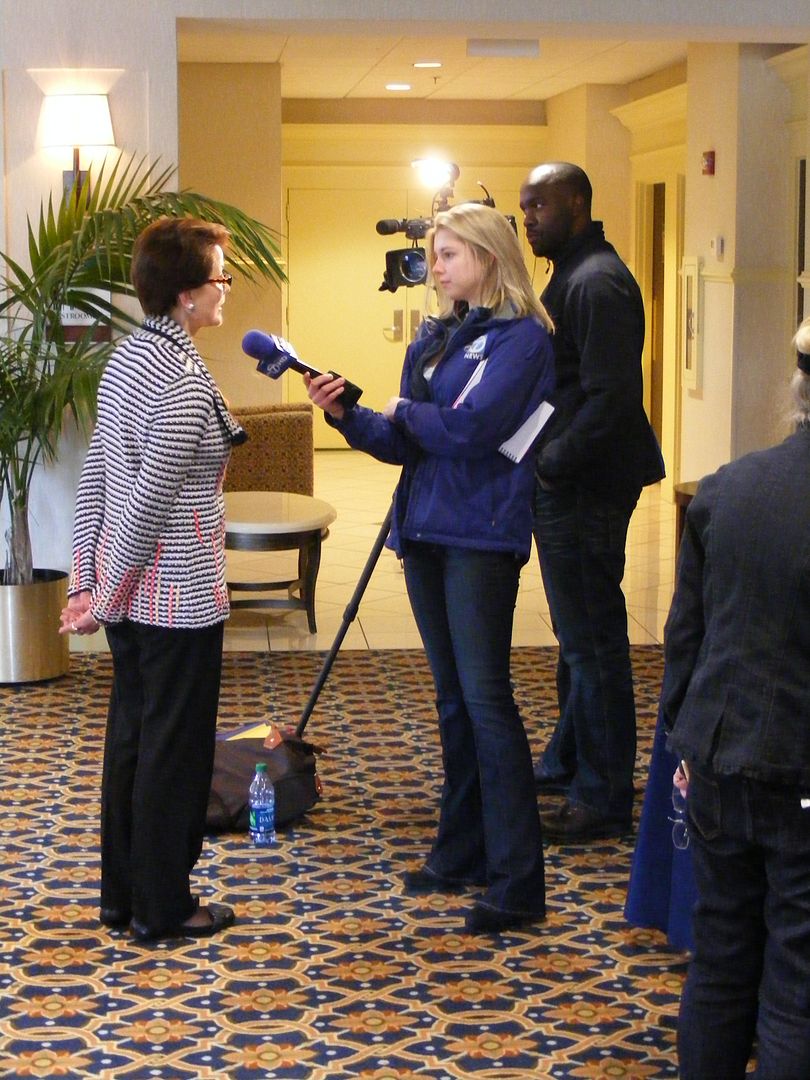The return of a Republican to Government House has been a boon to the state party, but it has created no shortage of chaos in the General Assembly and in counties where erstwhile members of that body reside. One example of this is Carroll County, which has had to replace two members of its delegation as both Senator Joe Getty and Delegate Kelly Schulz were tapped for administration jobs.
Replacing the latter brought significant strife to neighboring Frederick County, where most of District 4 lies, but since a small portion lies in Carroll County they also get their say. But one change in their process was agreeing to Larry Hogan’s request to send him three names, which Carroll did. Since former Delegate Barrie Ciliberti is on both lists, it would presumably be his seat once Schulz is confirmed the Secretary of Labor, Licensing, and Regulation by the Maryland Senate.
But if you look at the three men Frederick County advanced to their final interview stage, you would notice that Ciliberti was the only name agreed on – however, it’s been reported that Carroll had Ciliberti as their second choice behind Ken Timmerman, who didn’t make Frederick’s top three.
Carroll County has also been feeling the heat for sending up the name of Robin Bartlett Frazier as their choice to replace Senator Getty over Delegate Justin Ready, among others. Frazier was a county commissioner until losing a bid for re-election this year; her biggest claim to fame is ignoring a judge’s order and beginning commission meetings with a prayer. One argument in Bartlett’s favor was that selecting Ready would have only set up a second search for his vacant position.
These incidents serve as a reminder to the issues Republicans had with replacing Senator E. J. Pipkin and Pipkin’s eventual successor Steve Hershey back in 2013. But imagine if all four counties in the District 36 jurisdiction had to send up three names, and they were all different? It would be chaos.
Here’s what the Maryland Constitution has to say about the process of replacing General Assembly members:
SEC. 13. (a) (1) In case of death, disqualification, resignation, refusal to act, expulsion, or removal from the county or city for which he shall have been elected, of any person who shall have been chosen as a Delegate or Senator, or in case of a tie between two or more such qualified persons, the Governor shall appoint a person to fill such vacancy from a person whose name shall be submitted to him in writing, within thirty days after the occurrence of the vacancy, by the Central Committee of the political party, if any, with which the Delegate or Senator, so vacating, had been affiliated, at the time of the last election or appointment of the vacating Senator or Delegate, in the County or District from which he or she was appointed or elected, provided that the appointee shall be of the same political party, if any, as was that of the Delegate or Senator, whose office is to be filled, at the time of the last election or appointment of the vacating Delegate or Senator, and it shall be the duty of the Governor to make said appointment within fifteen days after the submission thereof to him.
(2) If a name is not submitted by the Central Committee within thirty days after the occurrence of the vacancy, the Governor within another period of fifteen days shall appoint a person, who shall be affiliated with the same political party, if any as was that of the Delegate or Senator, whose office is to be filled, at the time of the last election or appointment of the vacating Delegate or Senator, and who is otherwise properly qualified to hold the office of Delegate or Senator in the District or County.
(3) In the event there is no Central Committee in the County or District from which said vacancy is to be filled, the Governor shall within fifteen days after the occurrence of such vacancy appoint a person, from the same political party, if any, as that of the vacating Delegate or Senator, at the time of the last election or appointment of the vacating Senator or Delegate, who is otherwise properly qualified to hold the office of Delegate or Senator in such District or County.
(4) In every case when any person is so appointed by the Governor, his appointment shall be deemed to be for the unexpired term of the person whose office has become vacant.
(b) In addition, and in submitting a name to the Governor to fill a vacancy in a legislative or delegate district, as the case may be, in any of the twenty-three counties of Maryland, the Central Committee or committees shall follow these provisions:
(1) If the vacancy occurs in a district having the same boundaries as a county, the Central Committee of the county shall submit the name of a resident of the district.
(2) If the vacancy occurs in a district which has boundaries comprising a portion of one county, the Central Committee of that county shall submit the name of a resident of the district.
(3) If the vacancy occurs in a district which has boundaries comprising a portion or all of two or more counties, the Central Committee of each county involved shall have one vote for submitting the name of a resident of the district; and if there is a tie vote between or among the Central Committees, the list of names there proposed shall be submitted to the Governor, and he shall make the appointment from the list (amended by Chapter 584, Acts of 1935, ratified Nov. 3, 1936; Chapter 162, Acts of 1966, ratified Nov. 8, 1966; Chapter 681, Acts of 1977, ratified Nov. 7, 1978; Chapter 649, Acts of 1986, ratified Nov. 4, 1986).
One can argue this both ways, but since the language states “a person whose name shall be submitted” it’s taken to mean one person. In the case of District 36, the choice was made by then-Governor O’Malley between two names because two counties backed Hershey and two preferred Delegate Michael Smigiel. All of them submitted one name.
And this brings me to a message those of us who serve (or ran for) Central Committees around the state received from Kathy Fuller, who serves on the Carroll County Republican Central Committee. After she went through the process Carroll County used, she made one key point:
We have the constitutional requirement to provide one name. To do anything else usurps the constitutional authority endowed upon the Central Committee. If a Central Committee decides upon one name and submits it, the Governor must appoint that person. The power of the appointment then rests with the Central Committee. If the Central Committee can be convinced to submit more than one name then the Governor actually chooses who is appointed, and the power of the appointment rests with the Governor.
The Constitution designates Central Committees to choose who is appointed and the governor to carry out the appointment. This is separation of power. The Governor is the executive branch; the House and Senate are the legislative branch. If the Governor picks the members of the legislative branch then this corrupts the separation of powers and the checks and balances necessary for good government.
Think of it this way: The Governor has hundreds of appointments he is able to make. If he were to appoint legislators to most of those jobs and then tell the central committees who to send as replacements he would control most of government, both the executive and legislative branches. This is an extreme example, but illustrates the danger of allowing the authority endowed upon the central committees to be usurped by giving the governor more than one name or by allowing him to tell the central committee who that name should be. This is the same reason many gubernatorial appointments are made with the consent of the legislature. It is the check and balance of good government.
Just because Larry Hogan wants three names to choose from doesn’t mean he is entitled to those three names. Unfortunately, most Republican politics turns the process on its head as they desire only one person to run in any primary (to avoid a GOP candidate spending money in a primary fight) but more than one person in this instance so that the state elected official farthest from the people (and perhaps representing the opposite party) makes the choice. Given the choice between a hardline conservative and someone more moderate and “bipartisan” we know who Larry Hogan would pick 95 percent of the time – so Carroll County should have maintained their fealty to the original process. If Maryland had a provision for a special election to fill these seats I would be happy to have plenty of choices, but it does not and I think Fuller’s argument is the correct one.
And to me there is no better illustration of what went wrong with the process than our experience with the District 4 Wicomico County Council vacancy some years ago. By charter, we had to submit four names to County Council, which did their own vetting process after we did our interviews and voted on who to send. At the time it was also an overly rushed process because we only had 30 days to get through the process – a charter change adopted in 2012 extended this to 45 days. But had we only been required to send one name, there would be a different occupant of the office because the eventual appointee was not our top choice. This would be a good charter change to consider since the county charter is different than the state’s Constitution on this manner.
Finally, it’s worth pointing out that, in one respect, all of these appointments are moot because none of the principals have resigned yet. They all await confirmation to their positions but the process was started early because the General Assembly would be in session during the time. But I think it needs to be clarified that the duty of the Central Committee is already spelled out in the state’s Constitution and we need only submit one name for these positions.
Let’s do what’s right under the law, not the personal preference of the new governor.




